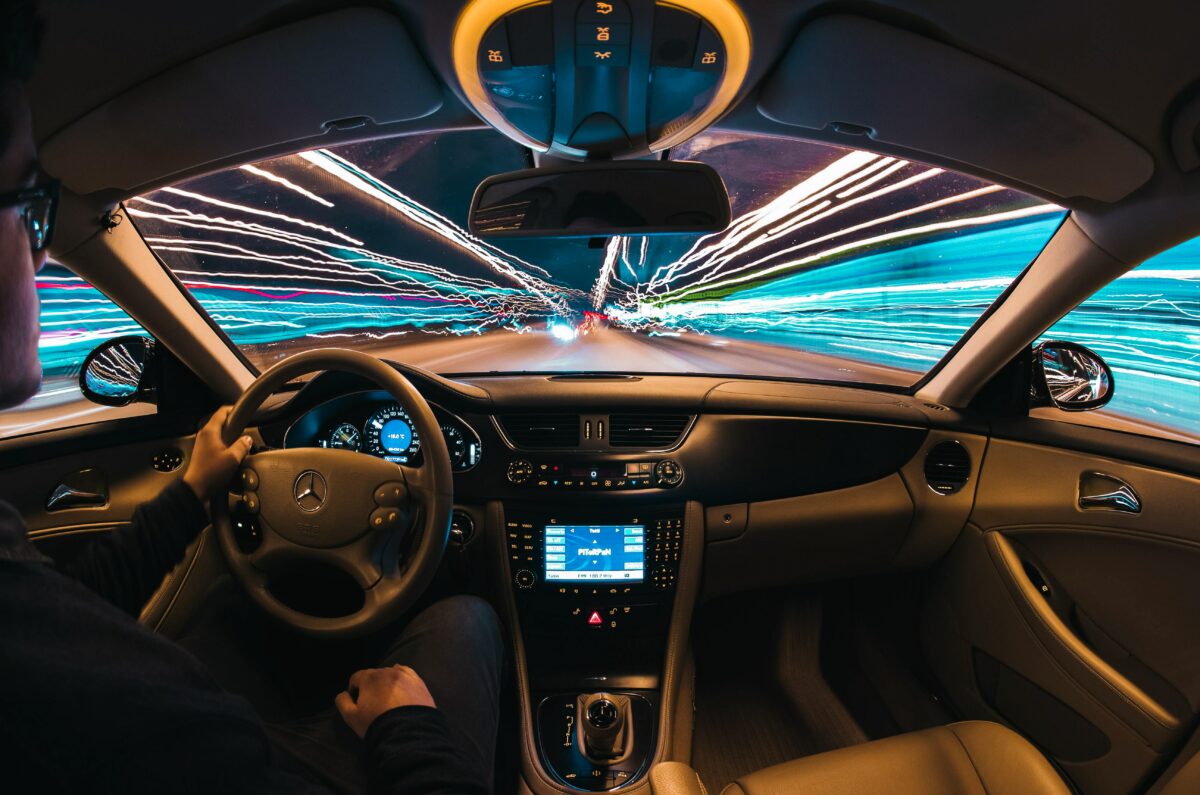Autonomous driving is stealing the headlines not only within the automotive industry, but also across major news outlets across the world. The prospect of passing over control to a robot is attracting mixed reviews, and many have questioned the viability of such technology coming to market at all.
However, as Anthony Trippe, Senior Analyst, IP & Science Business, Thomson Reuters, told Automotive World, “The bottom line is essentially that autonomous driving has been around for a while… It is not a new thing, and Google did not invent it.” He added that established OEMs “are doing quite well” at developing these vehicles, but noted, “It does not mean that they cannot learn anything new from these new entrants, although they have the situation pretty well in hand.”
Trippe also pointed out that there are varying definitions of autonomous driving. The idea of driver assistance has been around for quite some time – with adaptive cruise control, collision avoidance and park assistance – for example. These technologies are becoming increasingly popular, with most 2016 models now offering these features in various forms to meet tightening safety standards. “That’s generally going to lead to more and more autonomy, and it’s already started,” said Trippe.
“Four years from now we aren’t going to see 10% of cars on the road driving by themselves”
Automotive World’s recent autonomous car report surmised that 2025 is a more likely period to see fully autonomous vehicles – in some form, and in certain markets – hit public roads. To this point, Trippe observed that initial statements from various players slating 2020 as the year for full autonomy were potentially unrealistic.
“You could make the argument that the latest Autopilot software update from Tesla almost gets us there today, but if we are talking about a situation where even 10% of all cars on the road are autonomous, I would agree that it’s probably closer to 2025,” he said. “2020 is only four years away; four years from now we aren’t going to see 10% of cars on the road driving by themselves. Even from the governmental perspective, I just think that approach is way too aggressive.”

Looking ahead to the next ten years, fully autonomous vehicles are a very real probability he noted, adding that in addition to solving the remaining technology requirements, road infrastructure could have developed to the required levels of connectivity at that point.
Autonomous cars will use sensors to observe the immediate road environment, but vehicle-to-infrastructure (V2I) communication will enable the car to effectively see around corners and predict red lights, for example. “For highways in the US, you can imagine a relatively large infrastructure project will have been carried out by that time to install sensors, networks and communication along the major freeways,” he concluded.
Trippe will be speaking at Autonomous Car Detroit by Automotive Megatrends on 16 March 2015, which will bring together the stakeholders making self-driving cars a reality.



